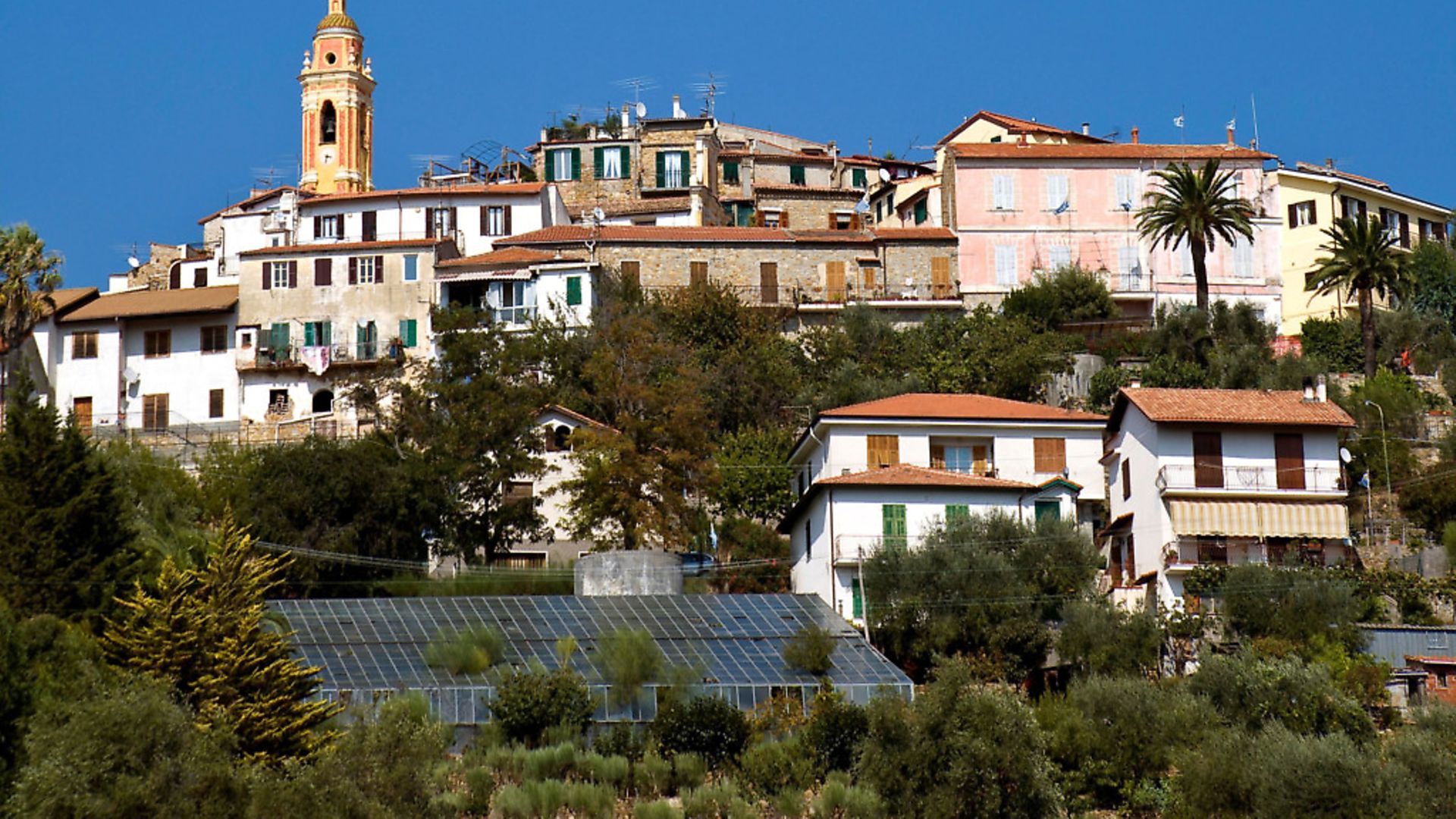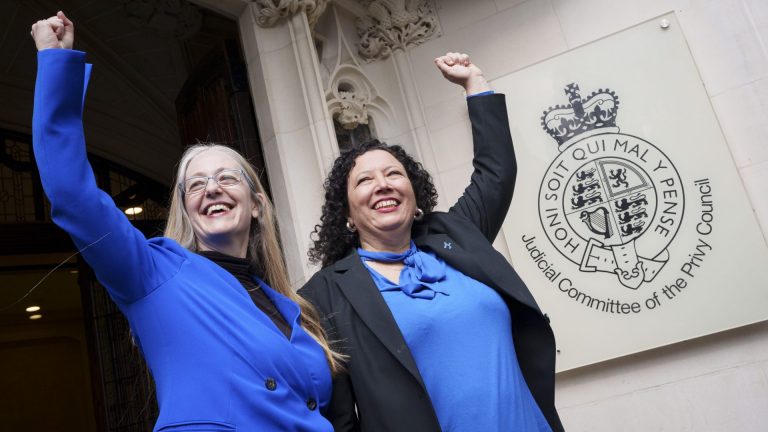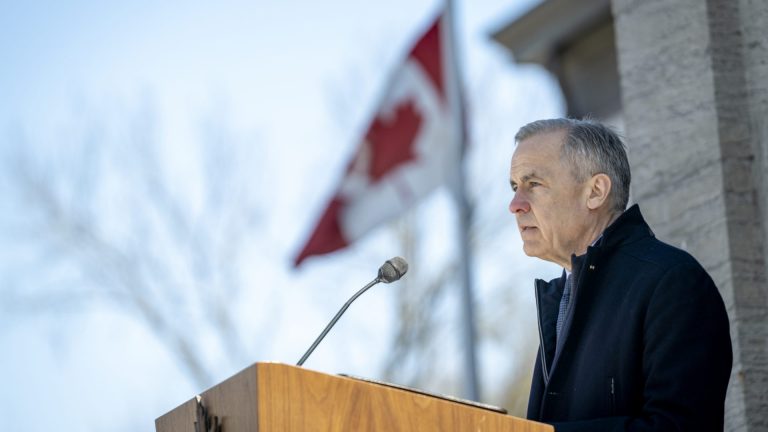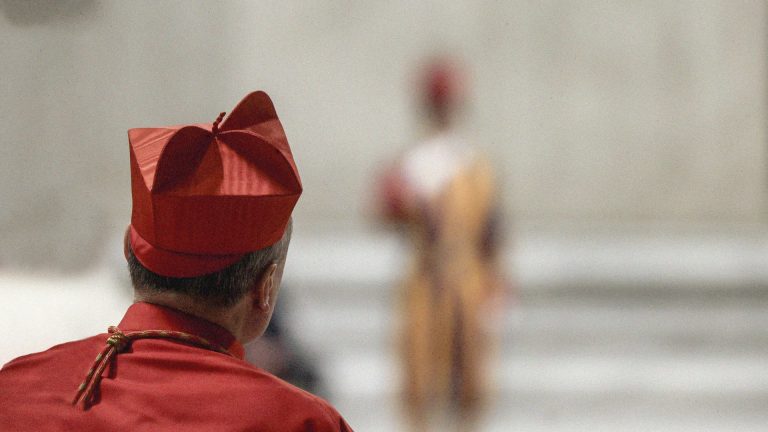
Coups, controversies, legal loopholes and hidden treasure… EMMA LUCK recounts the remarkable story of the micronation of Seborga, one of Europe’s oddest places
Perched on a hilly outcrop close to the France-Italy border, with majestic views of the Riviera below, the medieval town of Seborga is every bit as charming as you would expect.
But this comune of 300 souls also has plenty that is unexpected and a strong claim to be one of Europe’s most eccentric and fascinating outposts.
The town has its very own monarchy and has declared its independence from the rest of Italy, even if the rest of Italy has yet to acknowledge this fact.
Unlike most other monarchies, Seborga’s is a relatively recent innovation – it was established in the 1960s and is now only on its third monarch. It also differs from others in another important respect, as the top job is democratically elected.
Although it was only established a few decades ago, like all good monarchies, it claims a far more deep-rooted heritage. It was the brainchild of a local flower grower called Giorgio Carbone who, in the early 1960s, began promoting the idea that Seborga still retained its historic independence as a principality – the mini-states which once made up Italy.
Using documents from the Vatican archives, Carbone claimed to have traced the complex history of Seborga back several centuries, through periods when it was ruled by the Counts of Ventimiglia, Benedictine monks and an abbot who was made a Prince of the Holy Roman Empire.
Ultimately Carbone’s claim for independence rested on the fact that, after the town was sold to the Savoy dynasty in January 1729, the paperwork was not fully completed and, therefore, the deal was not registered properly.
This ancient administrative error supposedly left Seborga in a legal twilight zone, belonging to no one state in particular.
Carbone – the head of the local growers co-operative and therefore a man interested in putting his town (just half an hour’s drive from the better known principality of Monaco) on the map – claimed that its inclusion in the unification of Italy and the founding of the Italian Republic in 1946 was therefore illegal and violated the sovereignty of the people of Seborga.
His next step was to suggest that he himself should step into this constitutional vacuum, as head of state. By 1963, the intrepid and ambitious Carbone had convinced his fellow townspeople of his arguments.
That year a referendum was held in which they declared their independence and Carbone was elected head of state, albeit without legal powers. He was known by the self-styled title of Prince Giorgio I, or – when addressed by locals – as Sua Tremendità (Your Tremendousness), and the Principality of Seborga was born.
Prince Giorgio embraced royal life with gusto and established a palace, wrote a constitution, and set up both a cabinet and a parliament. He chose a coat of arms and issued licence plates. And not forgetting something that is essential for every nation, micro or otherwise, he commissioned a national anthem.
Over the years, Seborga has also established its own Olympic committee, albeit one that isn’t recognised by the International Olympic Committee, and a football association, which isn’t recognised by either FIFA or UEFA.
Despite this, the Seborga national football team contests international fixtures against teams from small nations, micronations and other unrecognised de facto states.
Seborga also has its own flag – a white cross on a blue background which flutters from pretty much every building in town. It prints its own stamps, flush with the royal face, but don’t use them to post a letter as they are not recognised by the town post office which is run by the Italian postal service.
The Seborghini also have their own passports and under Prince Giorgio, they adopted their own currency, the luigino, which exists as coinage that can be used in the town’s bars and trattorias, venues that are enjoyed by those who obey the town’s Latin motto – sub umbra sede (‘sit in the shade’).
Prince Giorgio also tried to keep the independence dream alive. In 1995, the Seborghini held another referendum – illegal under Italian law – reaffirming their desire to break away from Rome. International recognition for this five square miles of rolling, olive tree-laden countryside has not been forthcoming though, although Burkina Faso did recognise Seborga as an independent state in 1998.
The town’s somewhat laid-back vibe – as hinted at by its motto – means the separatist flame does not seem to burn too brightly. Locals still pay their Italian taxes and vote in Italian elections.
Despite this unsettled constitutional matter, Prince Giorgio enjoyed a long and relatively smooth reign. (He stood for re-election every seven years and was successful every time).
However, he endured something of an Annus Horribilis in 2006, when he faced a fight for his crown. A woman styling herself Princess Yasmine von Hohenstaufen Anjou Plantagenet came forward claiming to be the rightful heir to the crown of Seborga. She approached the Italian president and offered to return the principality to the state. However, Carbone clung to power and the attempted coup fizzled out.
The same year, however, he announced he would abdicate on reaching the age of 70, apparently in response to a row over rebuilding the town centre. In the end, though, he carried on beyond his birthday and continued his reign until his death, aged 73, in 2009.
The following year, after an election, Marcello Menegatto ascended to the throne, becoming His Tremendousness Marcello I.
An Italian businessman born far from Seborga, Menegatto’s passion for supercars and offshore power boat racing meant he had an appropriately colourful background for a monarch. This was not his first royal title either: as the heir to a hosiery fortune he was already known as the King of Nylon.
Prince Marcello sought to advance Seborga’s claims for independence, appointing his wife, Nina, as foreign minister, establishing diplomatic missions in the US, Argentina, Australia, India and various other countries, and considered applying for United Nations observer status.
Seven years into his reign, in accordance with Seborga’s constitution, Marcello faced re-election and defeated his rival, a British-born radio DJ called Mark Dezzani (who had vowed to introduce more pomp and ceremony to the principality, to increase tourism, and was considering changing the ceremonial title from His Tremendousness to His Awesomeness).
Only two years into his second term, though, Marcello announced his intention to abdicate. The people of Seborga did not look too far for his successor, voting in his now ex-wife and foreign minister, Nina, as Princess last November. Mind you, her rival was hardly an unknown: Nina defeated Laura Di Bisceglie, daughter of Prince Giorgio I, as the two royal dynasties went head to head in the polls.
For all the modern trappings of this democratic monarchy, the principality has sought to entrench its legitimacy by emphasising its links with the region’s rich history and another episode as tantalising as that apparent administrative error in the 18th century on which the town’s entire royal status is based.
The area was a stronghold of the Knights Templar and murals and symbols are painted all over the town’s ancient stone walls. In the 12th century, nine knights were ordained there before they headed off on crusade to the Holy Land. They would later return to the town and local legend has it that they hid something there – the ‘Great Secret of Seborga’.
It is so secret in fact that no one knows what it is or where it is hidden, but the theories include a spiritual message, the bones of King Solomon and even the Holy Grail itself. Still, it keeps the tourists coming.
The secret will doubtless remain as elusive as Seborga’s separatist bid. But whether the town’s innovative template for a democratic monarchy could catch on in Europe’s other royal dynasties is another matter.
Britain recently achieved its own separation from a larger political body. Perhaps the Windsors – facing the challenge of modernisation thrown down by the withdrawal of Harry and Meghan – could adopt the Seborgan model and submit its members for election every seven years. Who knows, it could be tremendous.









